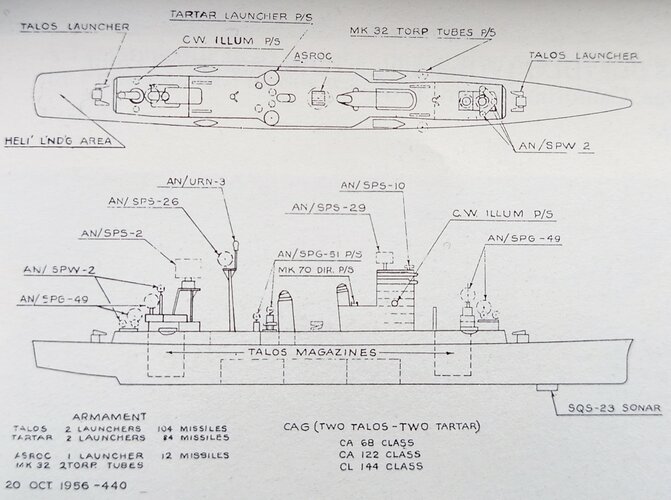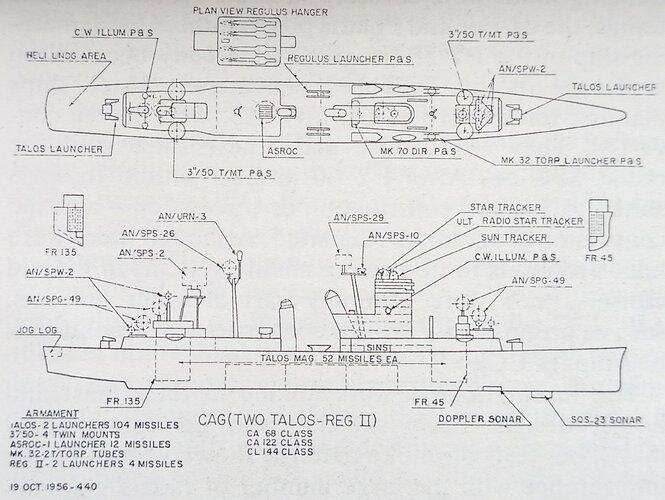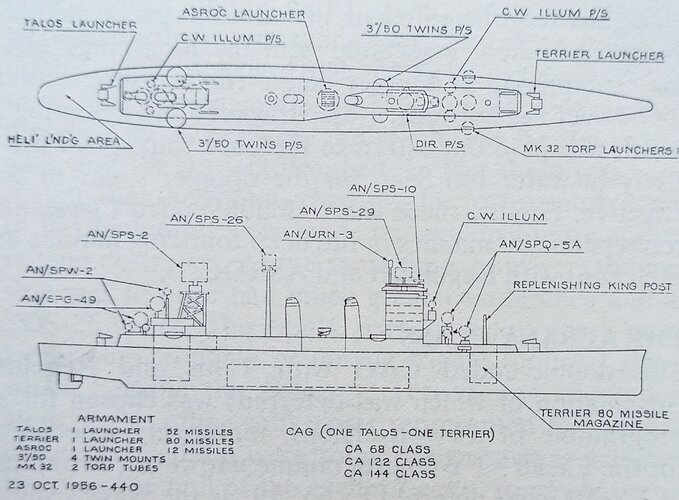- Joined
- 27 September 2006
- Messages
- 6,052
- Reaction score
- 6,153
I love the big US Navy missile cruisers. Only Long Beach was a new built ship the others were converted from legacy gun cruisers.
By the 1960s the US Navy had stopped building or converting cruisers instead of what it for a while called frigates then destroyer leaders. Later these ships of Bainbridge, Leahy, Truxtun and Belknap classes would be called cruisers.
Did the USN do the right thing by stopping building or converting real cruisers or should they have even done it sooner?
By the 1960s the US Navy had stopped building or converting cruisers instead of what it for a while called frigates then destroyer leaders. Later these ships of Bainbridge, Leahy, Truxtun and Belknap classes would be called cruisers.
Did the USN do the right thing by stopping building or converting real cruisers or should they have even done it sooner?








